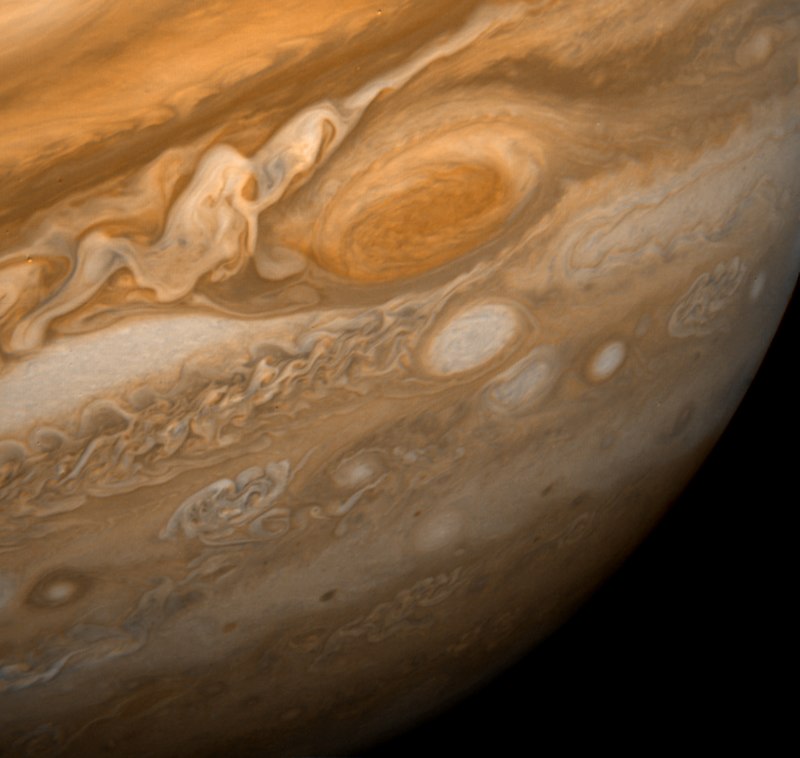Giant Planet Migration: New Insights into Planet Occurrence Rates

In a significant advancement in the field of astrophysics, a recent study from the Epoch of Giant Planet Migration Planet Search Program has provided new insights into the occurrence rates of young giant planets located within the water ice line of Sun-like stars. Published on June 13, 2025, this research, led by Quang H. Tran and colleagues, sheds light on the dynamic processes influencing the formation and migration of these celestial bodies, offering crucial data that could reshape our understanding of planetary system evolution.
The study involved a comprehensive survey targeting 85 young G and K dwarf stars, aged between 20 and 200 million years, utilizing the advanced capabilities of the Habitable-zone Planet Finder spectrograph at McDonald Observatory’s Hobby-Eberly Telescope. By tracking these stars over a four-year period, the researchers aimed to measure and compare the prevalence of giant planets at different stages of stellar evolution.
According to Dr. Quang H. Tran, an astrophysicist at the University of Texas at Austin and the lead author of the study, "Our findings indicate a young measurement of 1.9 +2.6 −1.4% for the occurrence rate of giant planets within 2.5 AU of these stars, which is notably lower than the field-age measurement of 6.5 ± 0.7% documented in earlier studies." This suggests a potential increase in the prevalence of giant planets over time, a hypothesis supported by the data.
The research highlights three potential pathways for the inward migration of giant planets: a consistent prevalence across various stellar ages suggesting disk migration, an increase in frequency indicating dynamical processes as a dominant pathway, and a decreasing trend that hints at early engulfment by host stars. The authors note that their results strongly exclude the possibility of a decaying planet occurrence rate, reinforcing the theory that giant planets, particularly those formed inside the water ice line, may originate from a combination of in situ formation and longer-term inward scattering.
Dr. Brendan P. Bowler, an astrophysicist at the University of California, Los Angeles, and co-author of the study, emphasizes the importance of these findings. "Understanding the dynamics of planet formation and migration is essential for unraveling the complexities of planetary systems, particularly in the context of habitability and the search for extraterrestrial life."
The implications of this research extend beyond the immediate findings. As the study aligns with previous reports, including the work of Johnson et al. (2010), it serves to establish a more comprehensive framework for future explorations in exoplanet research. The study is expected to influence ongoing projects and missions aimed at detecting and characterizing exoplanets, notably those situated in habitable zones of their respective stars.
In conclusion, the Epoch of Giant Planet Migration Planet Search Program has not only provided valuable data regarding the occurrence rates of young giant planets but also posed new questions regarding the evolutionary pathways of planetary systems. As the field progresses, the integration of these findings will be crucial for enhancing our understanding of the cosmos and the potential for life beyond Earth.
This study underscores the continuous need for advanced observational techniques and comprehensive research to unravel the mysteries of our universe. Further investigations will aim to refine these occurrence rates and explore the underlying mechanisms of planet migration, paving the way for future discoveries in the field of astrophysics.
Advertisement
Tags
Advertisement





